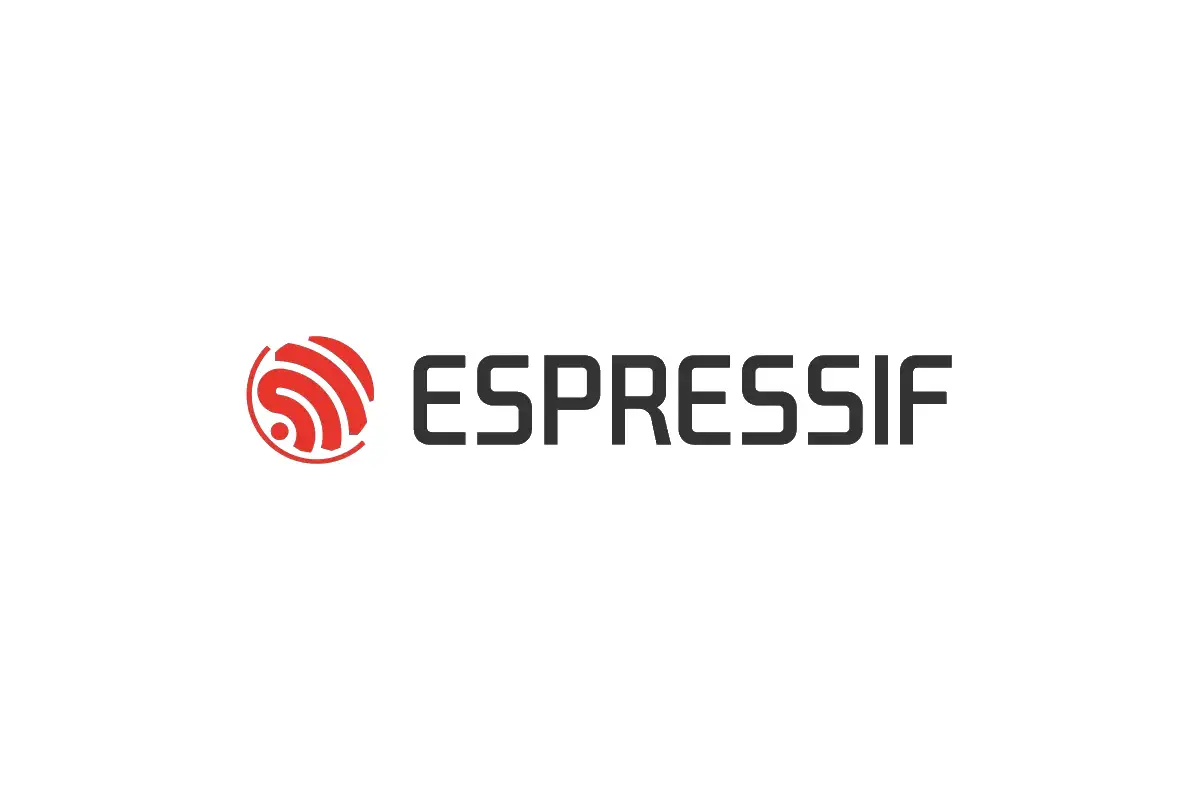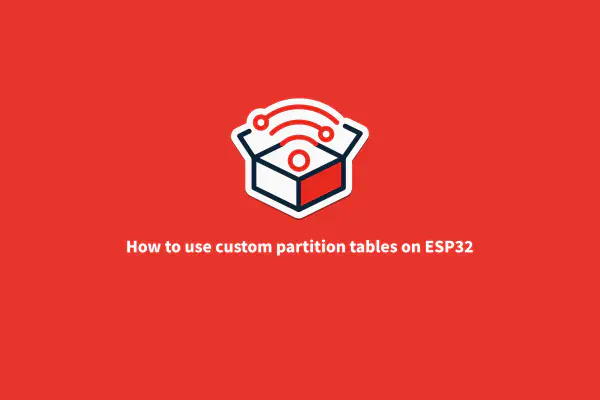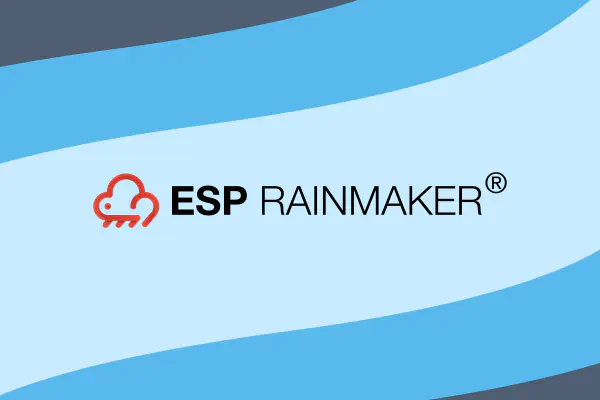Co-authored with Kondal Kolipaka
The ESP-IDF extension for Visual Studio Code aims to help users to write code with Espressif chips using ESP-IDF and other frameworks. We constantly try to improve the extension usability and add features to enhance the user developing experience.
The latest features we have added are:
ESP-IDF QEMU integration
QEMU is an open-source machine emulator commonly used to emulate operating systems and many hardware devices. Espressif has a QEMU fork with ESP32 as a possible target which can be used to emulate in software the behavior of a real ESP32 device.
We added this QEMU fork in a Dockerfile used with the project template file .devcontainer (You can add these files to an existing project with the ESP-IDF: Add docker container configuration command) so the user can open a project in a container using the Remote-Containers: Open Folder in container… command____ from the Remote Containers extension.
The ESP-IDF: QEMU Manager command____ will____ run the current project application binary in an emulated ESP32. If you execute the ESP-IDF: Monitor QEMU device it will open____ a monitor session to observe the application output. You can also use ESP-IDF: Launch QEMU debug session command to start a debug session as shown below.
Find more information on this feature in here.

Partition Table Editor
Now you should be able to get partition table information for the device connected and be allowed to select any .bin file to flash to a given partition.
To see the partitions of the current serial port, execute the ESP-IDF: Refresh partition table and use the sdkconfig partition offset or a custom partition offset to see the current partitions of your device in the ESP-IDF Explorer tab.
When you can click on any partition, either you can flash a .bin file to this partition or launch the ESP-IDF: Partition Table Editor UI to edit the partition table. You could also right-click on the .bin file to flash it to one of the partitions in the Device partition explorer.

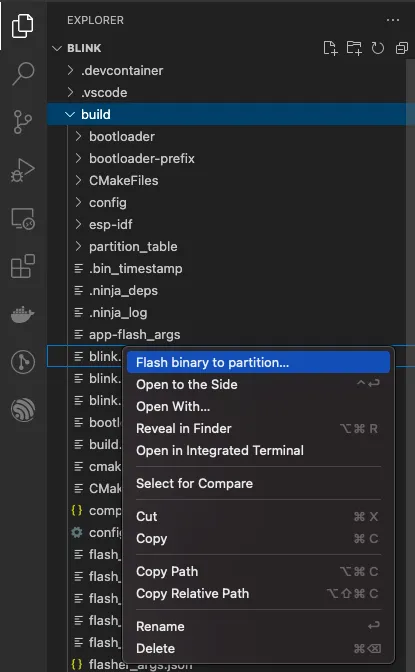

Importing an existing ESP-IDF Project
Added the Import ESP-IDF Project command to the extension. This command will copy an existing ESP-IDF project and add .vscode configuration and .devcontainer files into a new project to be saved in a given location and project name.
Integrated ESP-IDF Component registry
IDF Component registry is integrated into the extension and this allows users to add a component to your project. Run the ESP-IDF: Show Component registry command____ to launch components page.
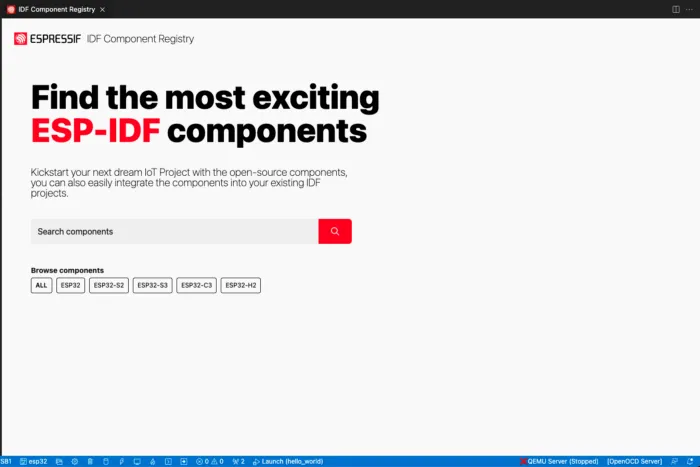
IDF Component Registry running in Visual Studio Code
Welcome Page
Added a new welcome page with documentation links and buttons for basic features of the extension. You can run the ESP-IDF: Welcome command to launch it.

Other notable improvements and features
- Use gdb commands directly for Heap tracing. Before we were using openOCD TCL commands to start and stop the heap tracing but now we are using gdb commands with a gdb file instead. To learn more about heap tracing please review the ESP-IDF documentation and the heap tracing extension tutorial.
- Added idf-size.py output after build task. This is done after executing the ESP-IDF: Build your project or__ESP-IDF: Build, flash and start a monitor__ command. This will help users to understand the amount of memory used in their applications and reduce the binary size.

- Added JTAG flashing type in the Build, flash and monitor command. Before it was only using UART flashing, but now it will use the flash type defined in the idf.flashType configuration setting.
- Added the Configure project for coverage command to set the required values in your project’s sdkconfig file to enable code coverage for your project. This is necessary if you want to enable the code coverage feature in the extension as shown in the code coverage tutorial.
- Using portable git and python in the extension setup workflow for Windows users. Now Windows users don’t need to install any prerequisites when configuring the extension using the ESP-IDF: Configure ESP-IDF extension setup wizard.
- Enable and disable CMakeLists.txt SRCS field update whenever .c files are created or deleted. Use the i__df.enableUpdateSrcsToCMakeListsFile__ configuration setting to enable and disable it.
- Use Espressif download mirrors for the extension setup wizard. Now if downloading from Github is slow in your location you can choose the download server in the ESP-IDF: Configure ESP-IDF extension setup wizard.
- Added serial port and IDF target in the VSCode status bar and add the commands to change them on click.

- Now users are allowed to configure pre-build, post-build, pre-flash, post flash, and custom tasks (with status bar icon for the custom task) with added configuration settings. You can use the idf.preBuildTask to define a task before the build task, the idf.postBuildTask after the build task, the idf.preFlashTask before the flash task and the__idf.postFlashTask__ after the flash task. There is also an idf.customTask which can be used with the ESP-IDF: Execute custom task (which has a status bar icon).
- Now you should be able to control the settings to enable/disable notifications for extension commands completion and show the task output when hidden. Using the idf.notificationSilentMode configuration setting to true will hide VSCode notifications from this extension such as Build Successful and flash done and show the task output directly.
ESP-IDF cloud IDE based on Eclipse Theia#
We are fascinated to build robust tools and IDEs to improve the productivity of esp-idf developers by leveraging the latest cloud technologies.
Eclipse Theia is an extensible framework to develop full-fledged multi-language Cloud & Desktop IDE-like products with state-of-the-art web technologies. It offers to install our existing IDF VSCode extension and work seamlessly.
We have been working on this for quite some time and we have shown this work-in-progress model during EclispeCon 2021 conference. It’s an internal project for now! Please take a look to see what it means to be working on Eclipse Theia cloud IDE and what it offers.
What’s next?#
The extension is far from complete. We are continuously improving existing and adding new and interesting features for you! Some of the things we are looking into are:
- Extend QEMU and features related to emulated devices.
- Improve the heap tracing UI and functionality
- Extend debugging experience adding registers and memory view, disassemble view, and data watchpoints.
- Integration with new frameworks such as NuttX and Matter
- Many more!
Related links#
Espressif also offers an esp-idf plugin for eclipse enthusiasts, please check this out here!

